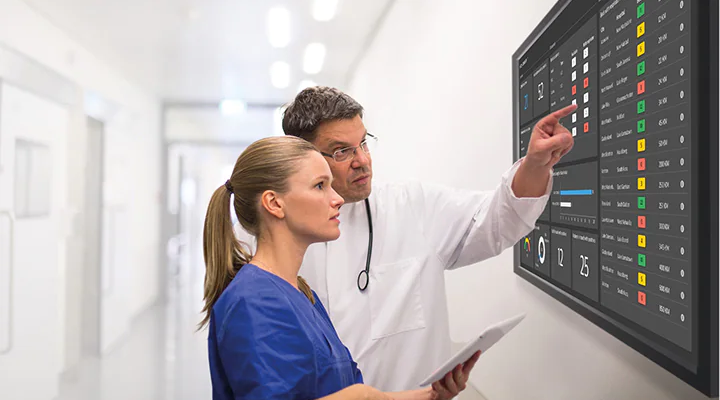Clinical trials are critical when developing new treatments. However, patient volunteers are becoming increasingly difficult to attract and keep as trial protocols become more demanding. Even then, recent Veristat initiatives in oncology trial design have shown that collaborating with patients can be beneficial. It is critical to recognize these volunteers and take their views and experiences into account at every stage of the clinical research process. We laid out some of the ways that clinical trials might obtain patient input and prioritize their interests and safety.
Involving Patients and Health Advocates
Patient Involvement goes a long way in improving research. For one, it helps to better understand, address and meet patients’ needs. Secondly, it increases the patient’s willingness to participate in the trial, reducing the chances of drop-out. Thirdly, as one of the evolution efforts in oncology clinical trial design, patient involvement increases the chances of organizations receiving funds from donors. Involvement can be visualized through the ladder of engagement. This means, the higher up on the ladder the patient is, the greater their input and vice versa. Involvement can be applied in fundamental research or patient-centered research. In each stage of the trial; before, during, and after, measures can be taken to ensure that patients are in the know. Hence, this guarantees that patients and their safety are the top priority in all trials.
Taking In Patients Perspectives When Defining a Disease
One of the core pillars of quality healthcare is the patient experience during trials. This establishes the close link between patients’ experience, patients’ safety, and the effectiveness of clinical trials. As such, patients’ experiences should not be dismissed as too subjective or mood-based, nor should they be separated from the “real” clinical task of determining safety and efficacy. Since trials aim at developing meaningful treatments to improve healthcare, patients can provide valuable insights on disease, its symptoms, and its impact on their lives. This will in turn influence the development of clinical trial designs and the formulation of meaningful research questions that are patient-centered. Patients can guide on what is to be done and how it is to be done to maintain their safety. Furthermore, getting patients’ feedback and their experiences helps to get a deeper and better understanding of the target population. This reduces costs, shortens timelines, and drives the efficiencies of clinical trials.
Following FDA Guidelines
The FDA is working on a set of four patient-centered drug development (PFDD) methodological guidance documents. This will walk stakeholders through a step-by-step procedure for collecting and submitting patient experience data. Also, you get to collect other vital patient information and physicians, for treatment development and subsequent decision-making. This set of guidelines is aimed at making it easier to develop and implement systematic procedures for collecting and analyzing reliable and relevant patient and caregiver feedback to improve medical product development and subsequent decision-making.
Patients’ involvement, experiences, and use of FDA guidelines help in achieving meaningful treatments solutions, guaranteeing patients’ safety for the effectiveness of clinical trials.




